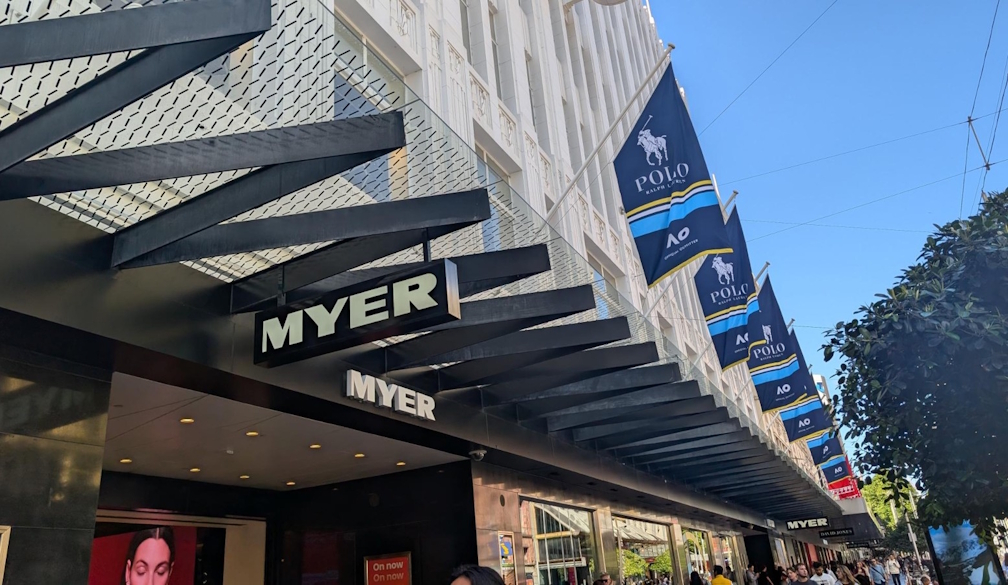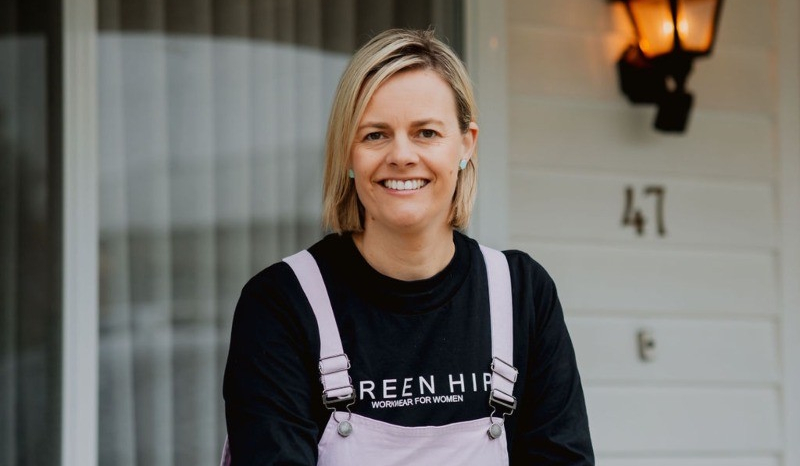Australian Army Pushes Metal 3D Printing to Extremes in Latest Field Trial-PR Newswire APAC
DARWIN, Australia, Aug. 21, 2020 /PRNewswire/ -- Building on the success of its world-first field trial in June this year, a "WarpSPEE3D" 3D metal printer has again deployed and been put through its paces by the Australian Army during a two-week field exercise in the extreme heat and humidity of the Northern Territory.
WarpSPEE3D is the world's first large-format metal 3D printer to use patented cold spray technology that enables significantly faster and more cost-effective metal part production than traditional manufacturing. Developed by SPEE3D, Australian award-winning manufacturer of metal additive manufacturing technology, the printer is capable of printing large metal parts up to 40kg at a record-breaking speed of 100grams per minute.
The printer arrived in Darwin in early June and forms the backbone of the Army's developing 3D printing capability.
Having received a number of upgrades and modifications in the two months since its first deployment, the WarpSPEE3D print cell deployed, as part of 1 CSSB's larger Brigade Support Group, to various field locations in temperatures up to 38 degrees Celsius and 80% humidity, whilst printing and machining genuine military metal parts.
SPEE3D printers make metal parts the fastest way possible, leveraging metal cold spray technology to produce industrial quality metal parts in just minutes, rather than days or weeks. This process harnesses the power of kinetic energy, rather than relying on high-power lasers and expensive gasses, allowing 3D metal printing in the field, at affordable costs.
The Australian Army announced a $1.5 million investment in a pilot of SPEE3D technology in February 2020 with a 12-month trial designed to test the feasibility of deploying 3D metal printers both on-base and in the field. SPEE3D partnered with the Advanced Manufacturing Alliance (AMA) and Charles Darwin University (CDU) to deliver the program with soldiers from the Australian Army's 1st Brigade training in 3D printing at CDU since February.
The program aims to significantly increase unique parts available to the Army compared to what the regular supply chain can provide.
SPEE3D CEO Byron Kennedy said, "This second field deployment proves our technology is a genuine solution for expeditionary metal 3D printing. This two-week trial demonstrates the WarpSPEE3D is a robust workhorse that is capable of printing real parts and solving real problems in the field. It also proves that soldiers can take control of the whole workflow of creating the spare parts they need, from design to printing and post-processing, right here where they need them."
About SPEE3D
SPEE3D, based in Darwin and Melbourne, Australia, is an innovative supplier of metal-based additive manufacturing technology. SPEE3D focuses on the development, assembly, and distribution of machines and integrated system solutions based on the patented supersonic 3D deposition (SP3D) technology. The products enable significantly faster, lower-cost, and more scalable production than traditional metal printing techniques for copper and aluminium.
Media Contact:Byron KennedySPEE3DTelephone: +61 410 656 936Byron.kennedy@spee3d.comwww.spee3d.comAustralia[1][2]
Related Images
tactical-3d-printing-by-the.jpg [3]Tactical 3D printing by the Australian Army Australian Army Lance Corporal Sean Barton, from the 1st Combat Service Support Battalion, prepares the WarpSPEE3D printer for part assembly during Exercise Buffalo Run at Mount Bundey Training Area, NT.
Related Links
References
- ^ Byron.kennedy@spee3d.com (www.prnasia.com)
- ^ www.spee3d.com (c212.net)
- ^ tactical-3d-printing-by-the.jpg (c212.net)
- ^ Photos for download (c212.net)
- ^ B Roll Footage (c212.net)
Read more https://www.prnasia.com/story/archive/3100014_AE00014_0














